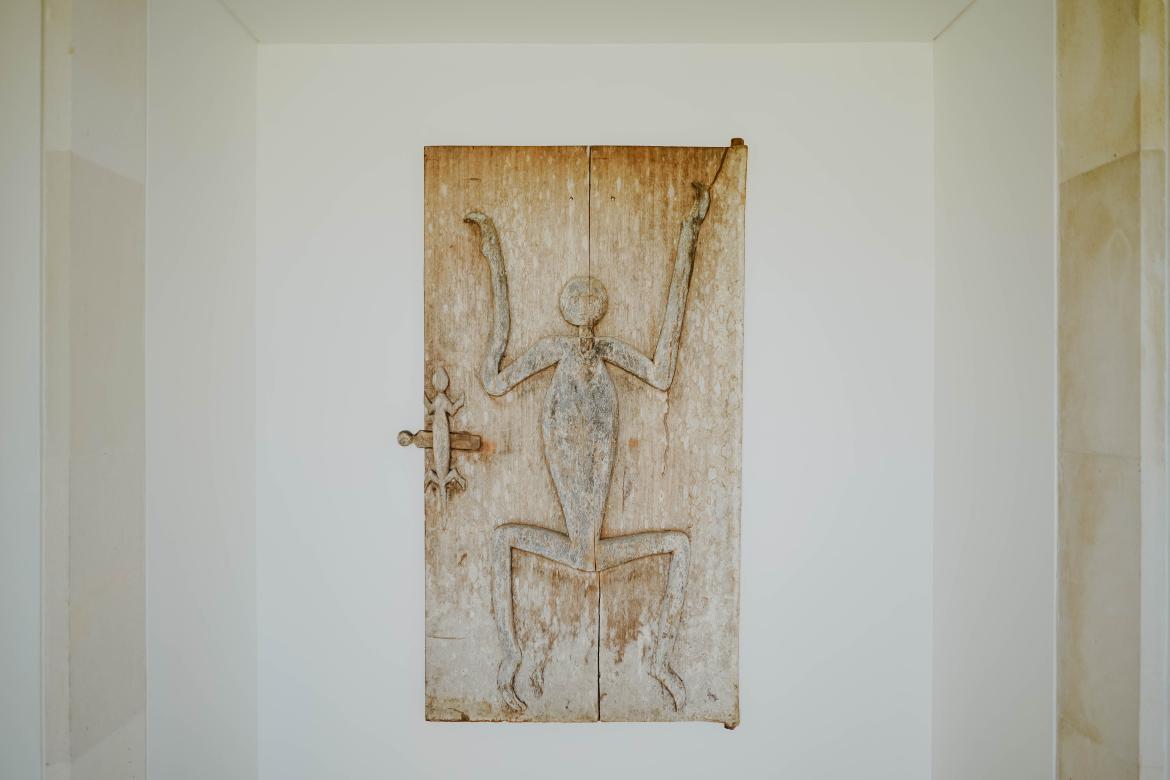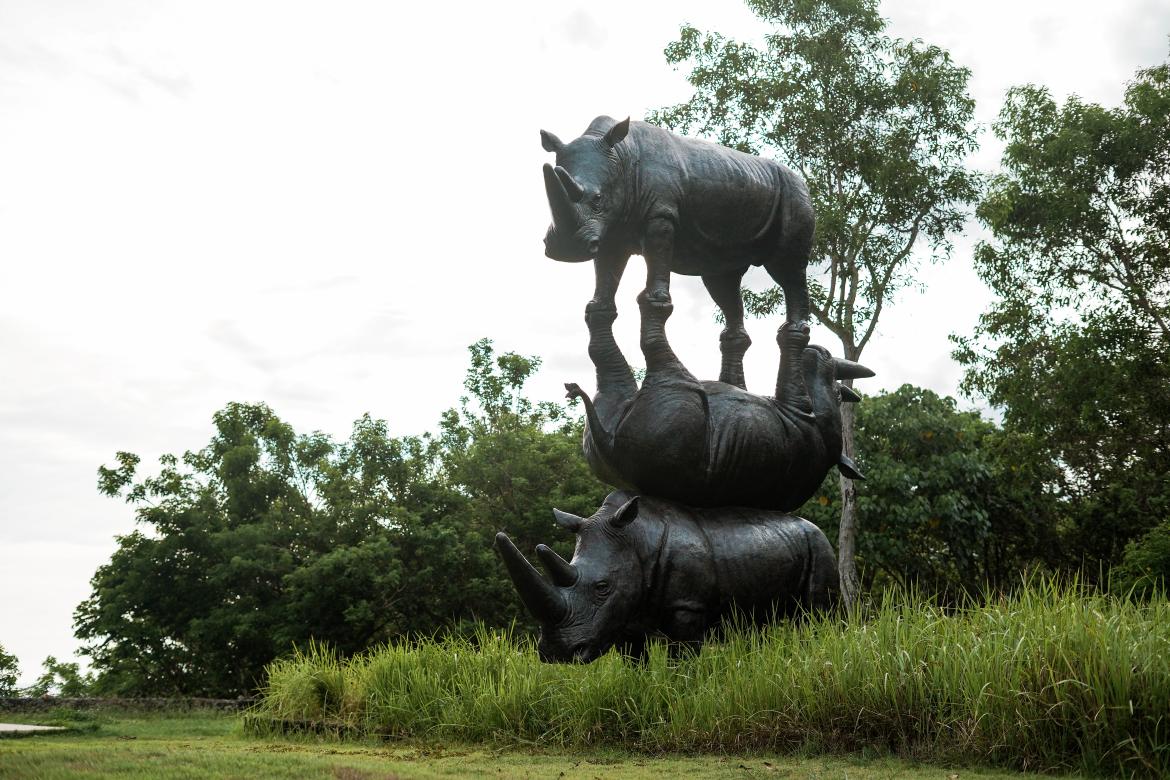<h2>TJAPS</h2>
<p>Javanese Handmade Stamps with Batik Patterns</p>
<p>Originally from Java, Tjaps (pronounced as chops) are beautiful handmade copper stamps that are precisely cut, shaped and soldered into classic hand-drawn batik patterns and shapes. Each collection of Tjaps is creatively arranged into consecutive stamps, then dipped into hot wax and carefully stamped onto fabric.</p>


<p>Tjaps are used in the creation of Batik Tambal (patchwork batik), a vintage Indonesian treasure that is individually handcrafted and unique, and has evolved over time to reflect contemporary trends.</p>















